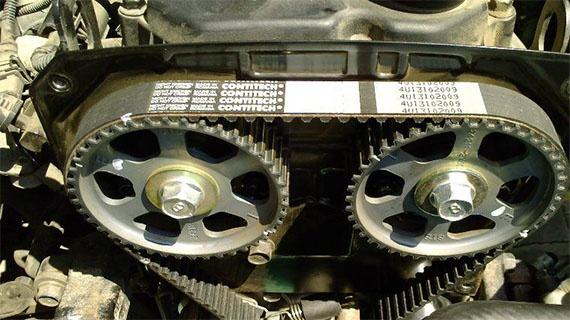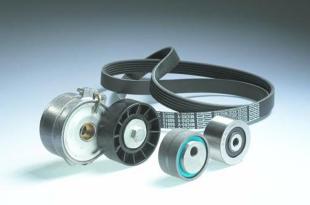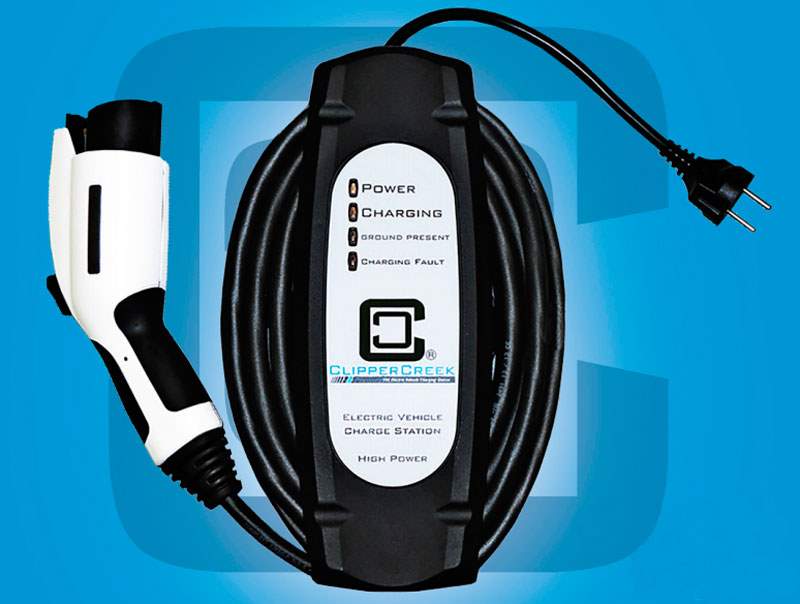
Timing belts
 A good timing belt or accessory drive belt has the time it takes to complete one orbit around the globe in its lifetime.
A good timing belt or accessory drive belt has the time it takes to complete one orbit around the globe in its lifetime.
A good toothed belt or accessory drive belt travels a distance equal to one revolution around the Earth in its life, and the timing belt teeth engage as many times as there are people in the world. At the end of the lap, the belt must be replaced. Of course, if necessary, the belt should be replaced earlier.
In Europe alone, 40 million timing belts are replaced every year. To this figure must be added the accessory drive belts (such as Multi-V) found in each vehicle. Belts are part of a system of pulleys, tensioners, seals and water pumps that in many cases need to be replaced at the same time.
The timing belt is a silent and vibration-free way to synchronize the valves with the rest of the engine. It is now more important to the engine than ever. Almost every new engine has a collision in which the valves and pistons are close together. A cracked or broken timing belt can cause the piston to strike an open valve, causing the valves to bend, pistons to burst, and consequently serious engine damage. Even if non-collision engines do not get damaged to the same extent as non-collision engines, in the event of a timing belt failure, the driver will end up on the sidelines with a failed engine. Today, the timing belt is an integral part of the gas distribution system, as well as the injection and water pumps.
Even if non-collision engines do not get damaged to the same extent as non-collision engines, in the event of a timing belt failure, the driver will end up on the sidelines with a failed engine. Today, the timing belt is an integral part of the gas distribution system, as well as the injection and water pumps.
The Multi-V belt and accessory drive belt are the norm on vehicles made since the late nineties. They provide greater reliability and greater load capacity than older single V-belts. With the advent of power steering and air conditioning, multi V-belts have become just as important for accessory operation. On a vehicle with a damaged Multi-V belt, the alternator could be damaged, power steering could be lost, and in the worst case, the belt could get into the timing system.
Belt or chain?
Since the introduction of the timing belt, its function has changed due to the development of new materials and tooth shapes that can withstand higher temperatures and more engine power. Each engine model usually has its own belt model. In recent decades, most car manufacturers in Europe have opted for timing belts. But timing chains are making a comeback, and they are now found in 20% to 50% of the latest engines made by car companies.
“Perhaps the manufacturers had problems with some previous belt applications and the chains take up less space in front of the engine. However, replacing a timing chain with a timing chain usually requires the removal of the engine and the entire front of the engine, which requires more time and money from the customer's point of view,” said Maurice Foote, SKF Engine Manager. Even though the Multi-V strap has become standard, there are no standard straps. There may be at least a few different drive belts of varying lengths for each engine model. It depends on the equipment installed on the car. The length of the strap is very important - even millimeters are taken into account here. Let's say the original Multi-V belt for a car has a length of 1691 millimeters. Some sellers may offer a strap as short as 1688mm, claiming to be the correct length for your car model. However, those three missing millimeters can cause excessive vibration or noise and slip if the play is not within the allowable range of the auto tensioner.
Multi V-belts
The Multi-V belt works in harsh environments. It is often exposed to dirt, water and oil, and the better equipped the car, the more stress on the belt increases.
Improved aerodynamic performance of cars means less airflow and warmer temperatures under the hood, or as you might say, more engine in less space. More powerful engines running at higher temperatures don't make the job any easier. This is especially true for the timing belt. Two shafts mean longer belts, and the diameter of the pulleys is getting smaller and smaller, saving space. And, of course, all parts should weigh as little as possible.
The recommended service life for timing belts today is typically 60 years. up to 150 thousand km. The belts are strong enough to withstand higher torques, also thanks to additional fiberglass reinforcement. The service life of a belt system is always measured in kilometers driven. This is the main factor, but not the only one. There are a few others that can shorten the life of the belt - the next two are too tight or too loose tension. The first causes wear and jumping of the teeth, and the second causes wear and damage to the side of the belt, which leads to increased wear on the rollers and bearings. Vibration, oil, fuel or water leakage, and corrosion are other factors that can shorten the life of your systems.

